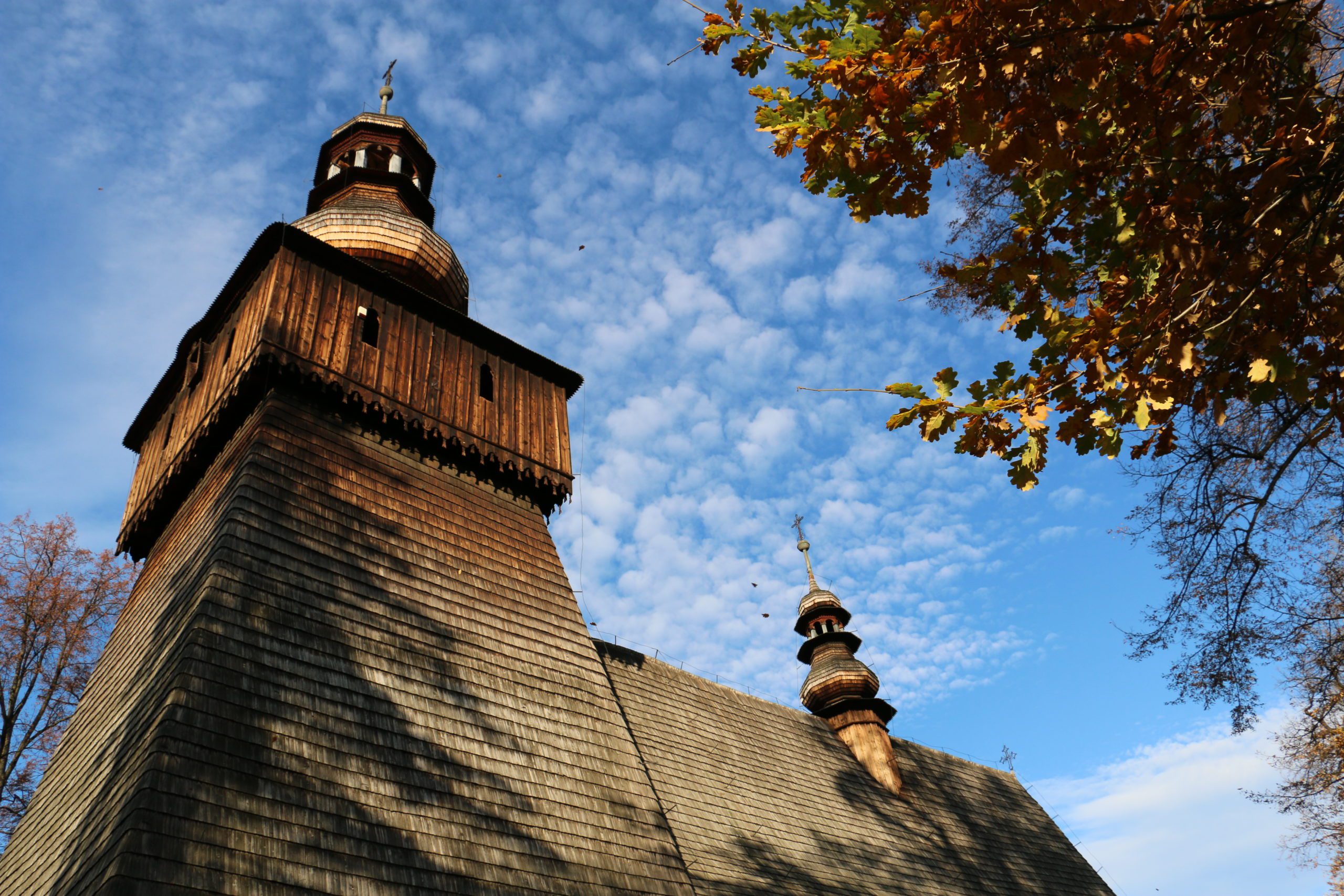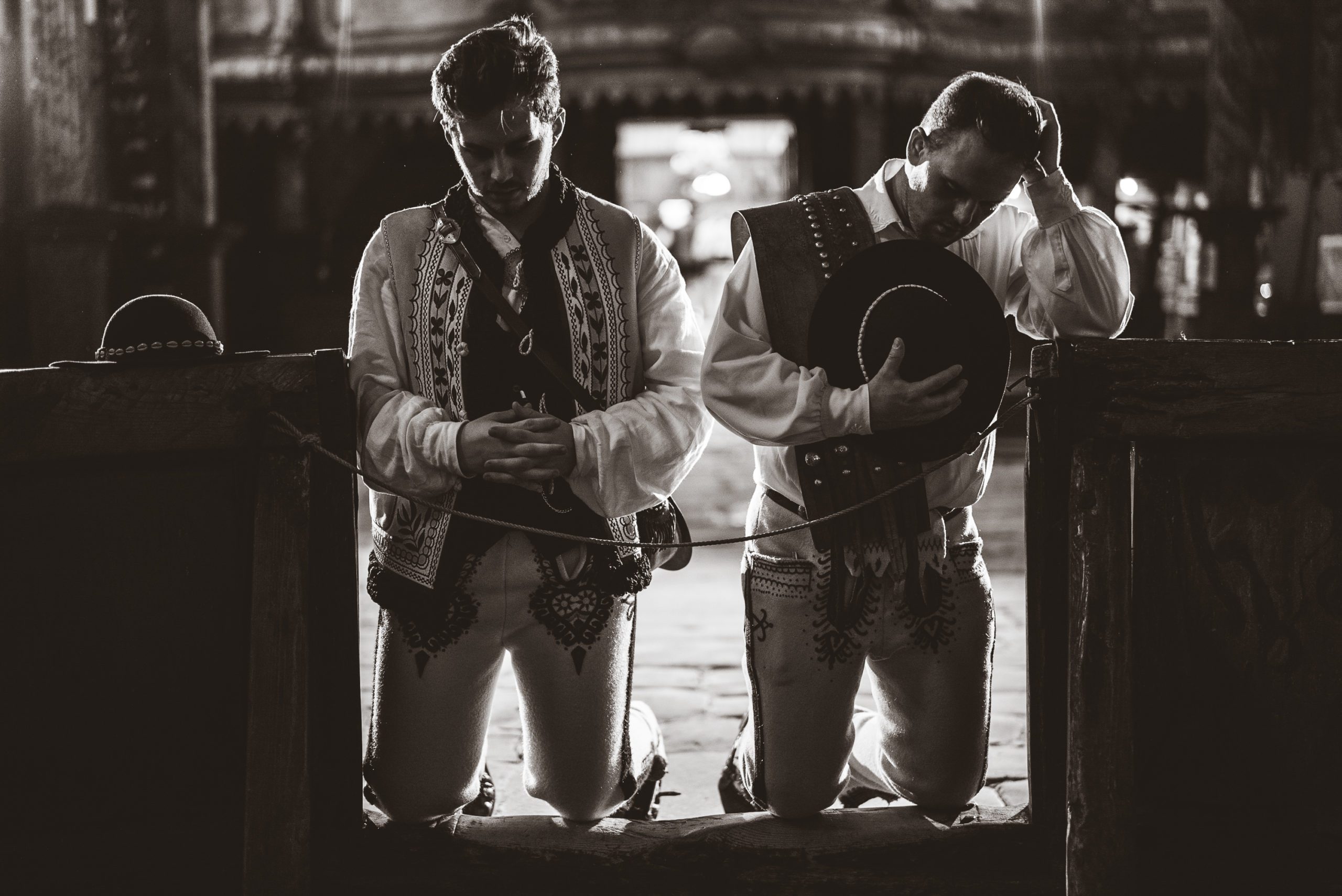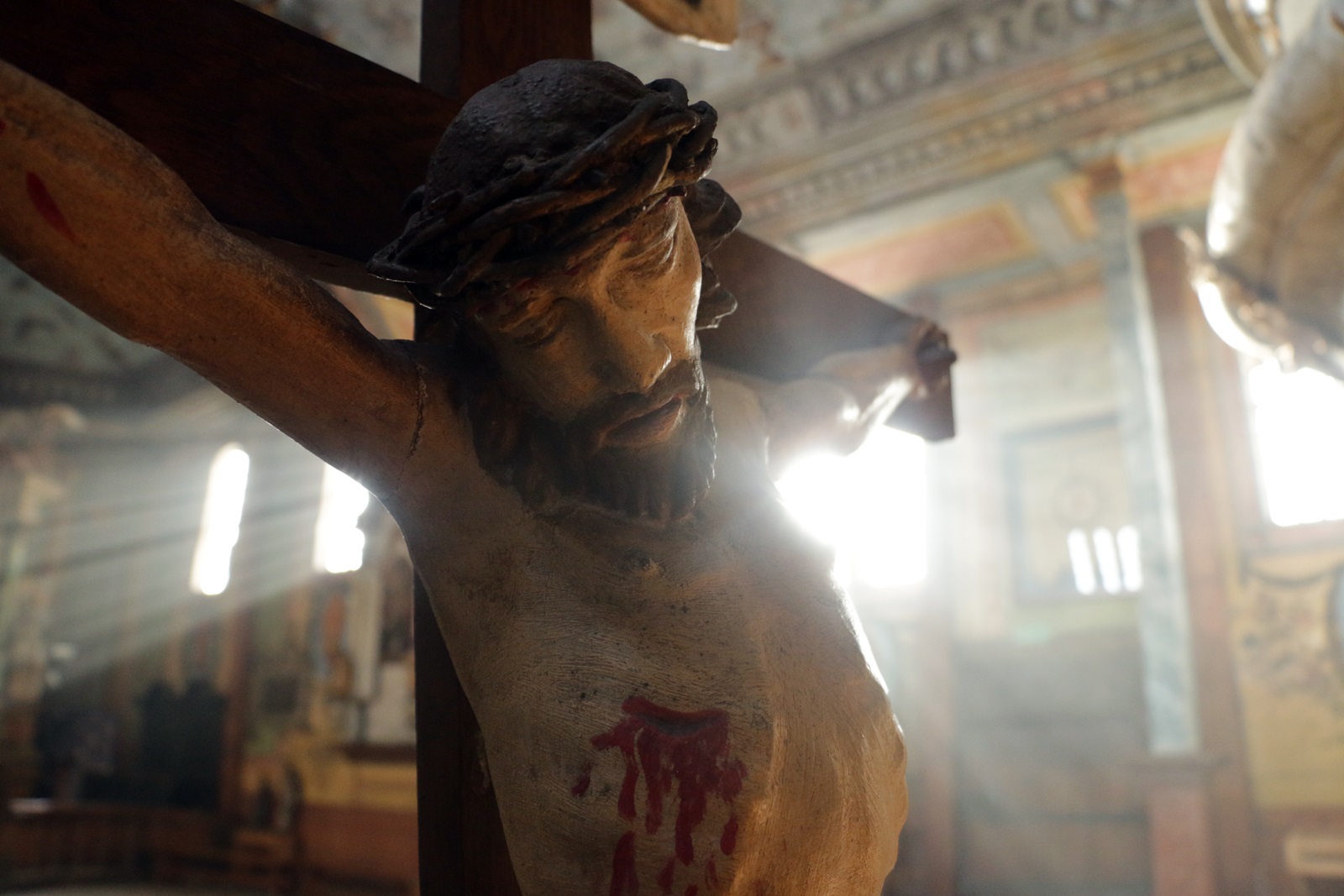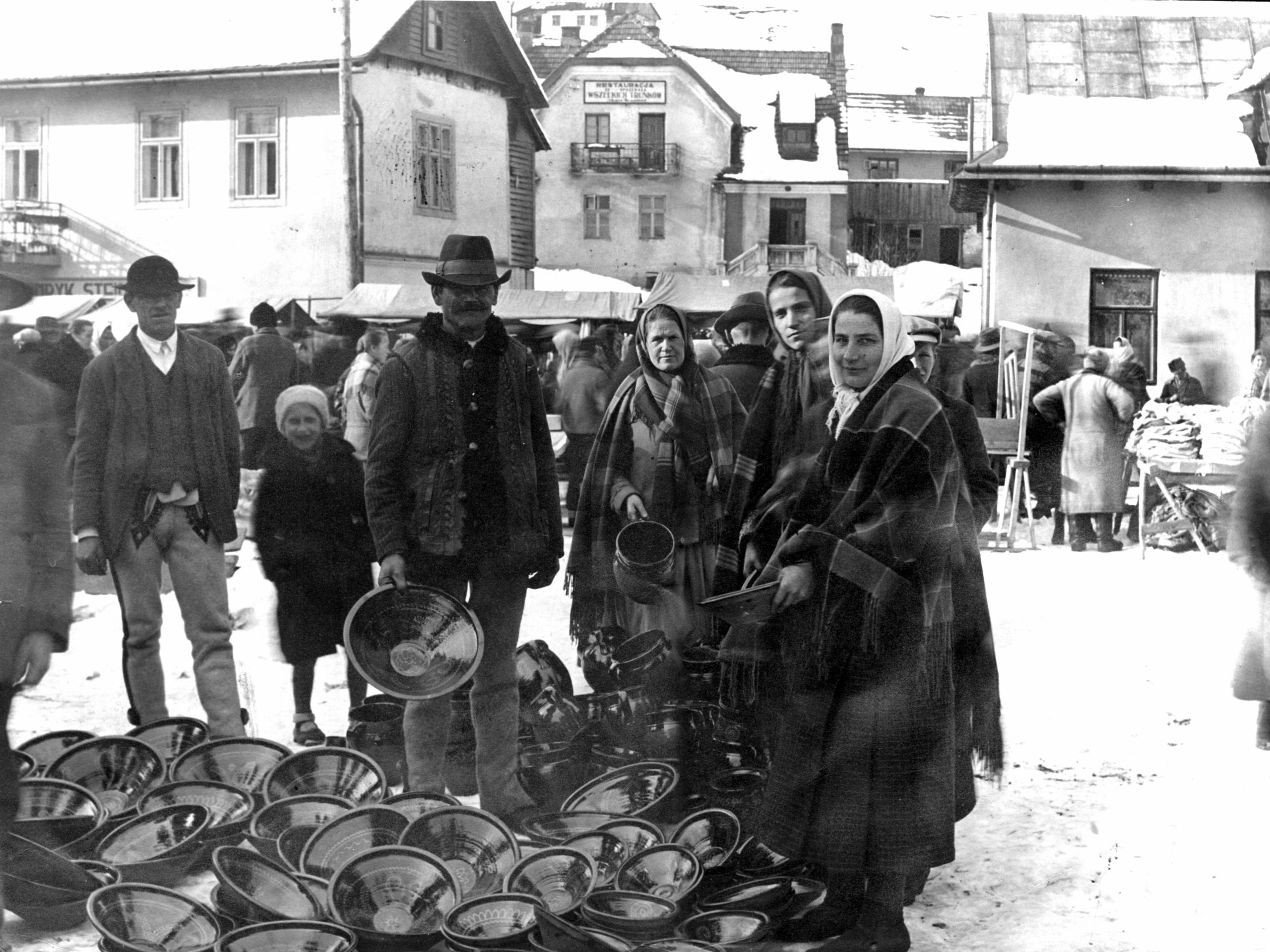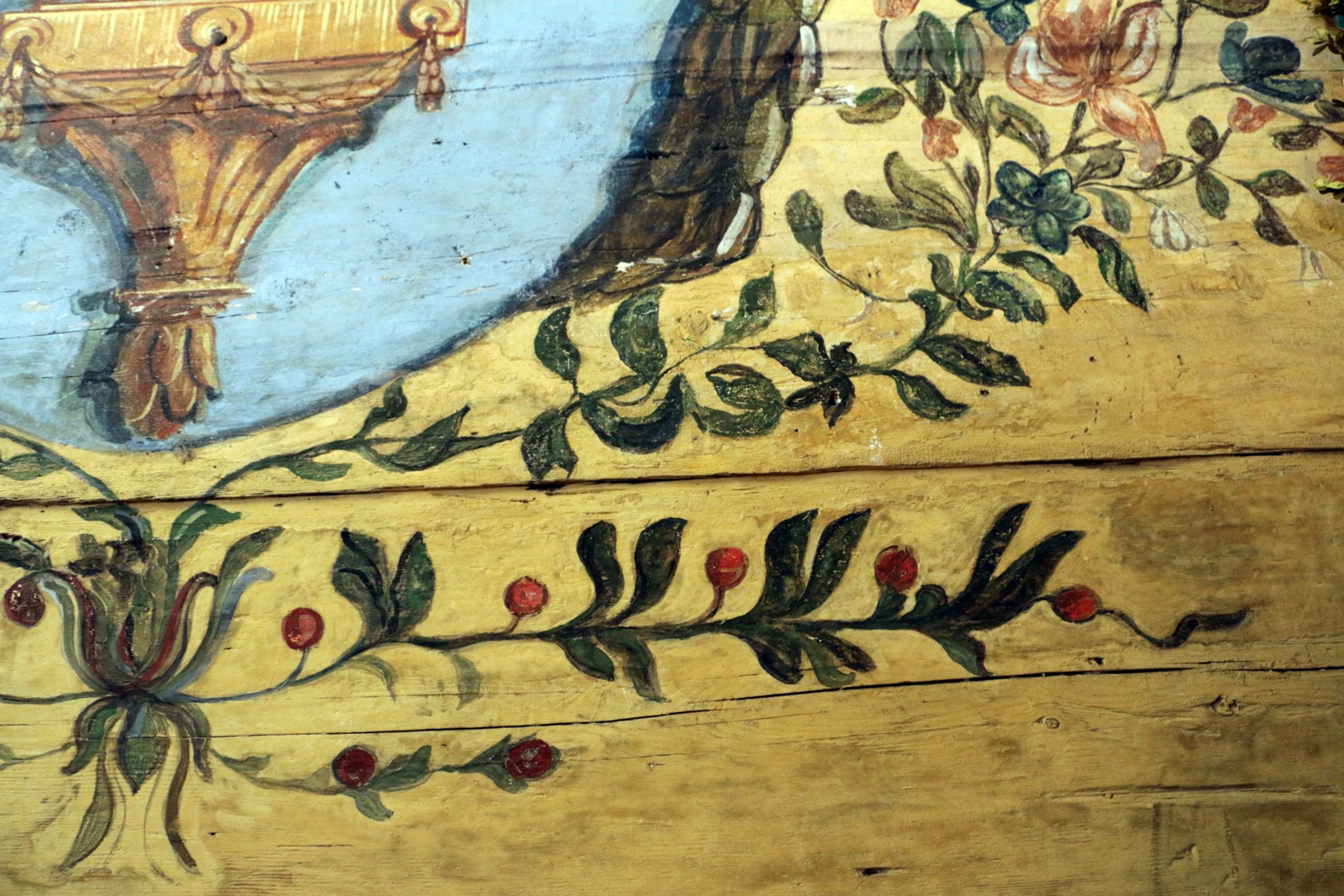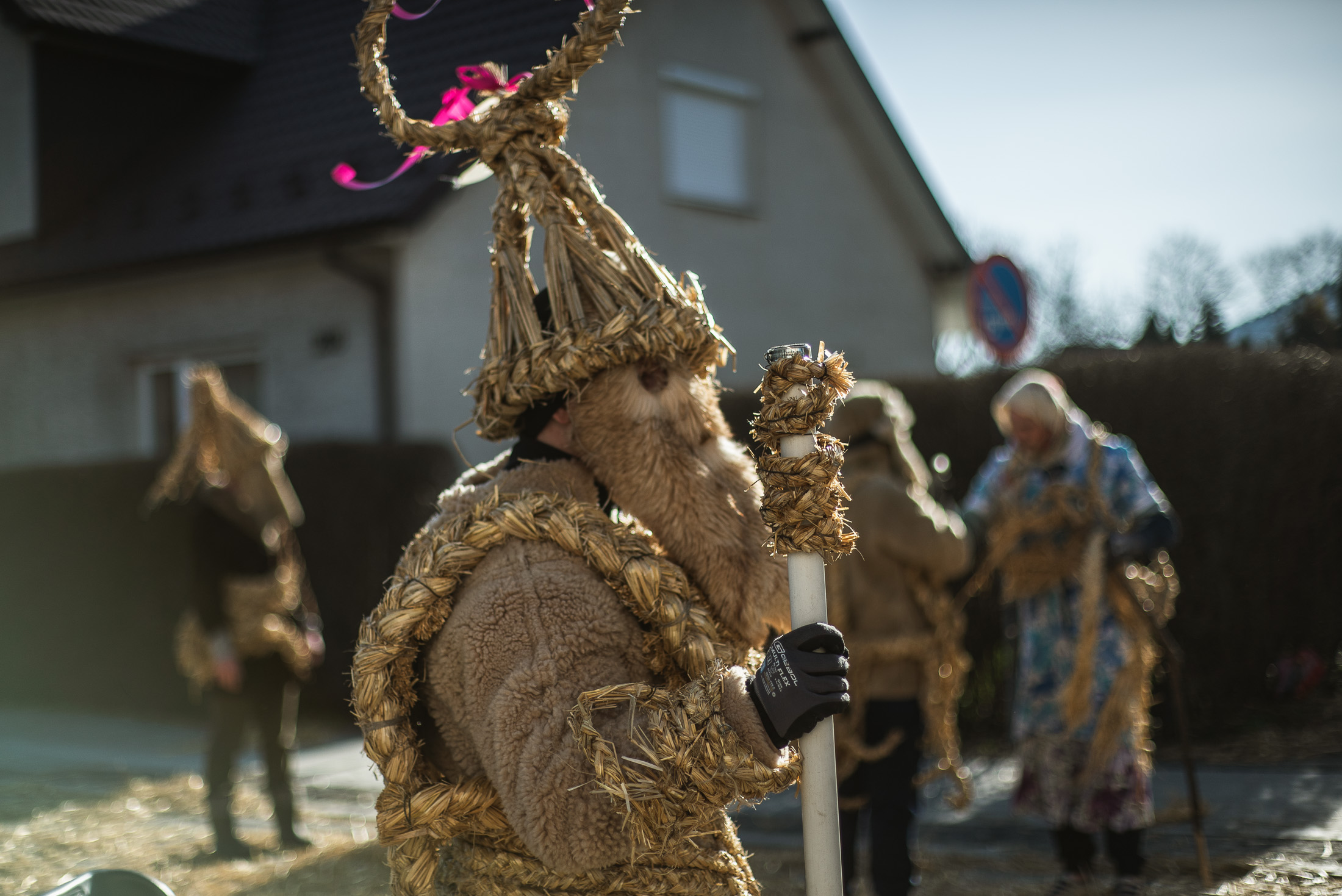The story of how the museum came into existence is both interesting and unusual. Not often does one find a secular institution within the walls of a place of worship. The initiative was taken by the PTT branch members, ( ) who had the idea to create a museum and in the process save a deteriorating church. The beginnings of the museum date back to December of 1927, when within the administrative structure of the Rabka PTT was formed the Museum Ethnographical Committee.
Members of the PTT who among others, founded the museum were;
Dr. Zofia Sutorowska, Sgt. Dunin Borkowski, Father Justyn Bulanda, and Wlodzimierz Holeyko, all of whom acted with the consent of Father Jan Kanty Surowiak, the Maria Magdalena congregation parish priest of the time. Together they decided to use the ground floor of the bell tower for the exposition of items of local historical interest. The work of preparing the museum lasted from 1928 until the early 1930’s, and it was during this time that many of the items currently on exhibit were collected. Thanks to the Museum Ethnological Committee, through the obtaining of gifts and the purchase of other items, the collection grew to include several hundred pieces. In August of 1929 the Museum was granted permission by the well known writer Orkan to call the museum the Wladislaw Orkan Museum. The Museum only became an institution in 1934, and was opened for access to the public in 1936.
During the Second World War, the building remained untouched, although partisans of the time were active in storing weapons there.
Since 1958, the Museum has held annual artistic competitions, among others; the design of an Easter Palm; the same for Nativity scenes; and for the design of a ‘Turon’, or Christmas mime disguised as an animal. The facility is proud of several world famous collections connected with Polish highland culture. It hosts an outstanding group of primitive sculptures by Karol Wojciak-Herodek from Orawa, some early Nativity Stars, and examples of pottery.
The permanent exhibition concerns itself primarily with the region including Nowotarski, Myslenicki, Suski, and Limanowski. Visitors can see costumes from the Podhale and Zagorzanskie areas, wooden cheese forms used to impress floral and other patterns on butter and cheese, ‘parzenica’ or floral designs embroidered on the trousers of Polish mountaineers from Spisz, Orawa, Podhale, and Gorce; tools and paintings, small iconic religious ornaments, pottery and associated tools, objects used in the care of herd animals, household items and ceremonial objects connected with Christmas and Easter.
What the Museum offers besides the permanent collection
We would like to bring our local cultural traditions and history closer to both the inhabitants of, and visitors to, this health resort community.
We organize;
Cultural Events
These are blocks of events connected with the culture of the region and include concerts of both classical and contemporary music, festivals, and performances. We cooperate with companies, associations, other communities, and individuals. In August of 2008 ‘Sabat Mater’ was performed by the Krakow Chamber Opera; following that in September the ‘Lutes of the World’ festival was held in cooperation with Mr. Antoni Pilch’s Old Polish Lute foundation. We have organized jazz, experimental music, and traditional concerts of the old masters – the Martin Masecki Concert
Series, as well as theatrical productions like ‘Babski Wybor by K. Przerwa Tetmajer ( ‘A Woman’s Choice’). We also hold a Church Fair in July of each year in cooperation with the Podhalnie Union and an association of folk culture enthusiasts of Rabka Zdroj as well as many other events.
Exhibitions
We connect music with the visual arts through vernissages like a flute and organ concert we organized by Professor A. Walczy and the students of the Music Academy, and an exhibition of paintings by artist Ewa Laczek-Daleki held in September of 2008. In July of 2009 we put an exhibition of paintings on glass by Marta Walczak-Stasiowska together with music by the Children’s Regional Band ‘Majeranki’, joined in our organizational efforts by the Association of Folk Culture Enthusiasts of Rabka.
Artistic Plein Aire workshops connected with Lectures
On Children’s day in 2008 we organized a plein aire workshop together with a lecture on architecture, crafts, and the arts.
Promotion of our own and other publications about artistic performances and lectures
We promoted K. Kowalczyk’s book ‘Rabczanskie Drzewiej; 450 years of Parish History’, as well as a volume of poems by A. Zachara-Wnekowa entitled ‘Do You Know the Flowers From My Garden?’
Regional Workshops
These are set up using our own experts, and other regional folk artist specialists, and are ever changing. There have been workshops in painting on glass, the creative process, the making of paper flowers, and studies of the architectural details visible on structures in Podhale and Beskidy.
‘Meeting Arts and Crafts’ took place in the form of a fair, enriched by the presence of numerous workshops conducted by artists and creative visionaries. Painting on canvas or a board, wood sculpting, metalwork, mold making and metal casting, leather work, toy making, embroidery, carpet making, and pottery were all available to the visitors.
Regional workshops, on the other hand, tend to have a shorter duration, usually single sessions taking about 1 ½ to 2 hours. They are conducted by museum employees, and are held in holiday centers or local schools in Rabka and the surrounding area. They focus on local traditions of the past and include discussions and photographs of clothing, customs, religion, beliefs, and the furnishings of a traditional mountain home.
Regional Lessons
These vary only slightly from the workshops, and are about topics connected with certain religious periods like Lent, the period of Advent, Christmas, and Holy week; the pasturing of farm animals; discussions of the production of local pottery, as well as information regarding the objects exhibited in the Museum, and the history of the church building which it used to be.
In the fall of 2009 we plan to start workshops regarding the traditional architecture of the region and specifically focusing on the wooden spas of Rabka. There is a style which has some tradition in Zakopane and throught the Carpathian region.
The Museum is able to tailor its programs to the needs of a variety of types of people, be they children, young people, families, large groups, or the elderly. It’s events have been hailed by the media as some of the most important of the year for 2008.
We are in a constant state of evolution, and one can familiarize oneself with new offers and events by visiting the website;






